Located in the picturesque landscapes of Worcester County, Sterling, Massachusetts, boasts a rich tapestry of history, woven with threads of resilience, innovation, and community spirit.
From its humble beginnings as part of the colonial frontier to its evolution into a vibrant modern-day community, Sterling’s history is a testament to the enduring legacy of its residents and their unwavering commitment to progress.
Founded in 1781, Sterling’s story is intertwined with the broader narrative of Massachusetts’s development, shaped by waves of immigration, industrial expansion, and cultural exchange.
From its agrarian roots to its role in the Industrial Revolution, Sterling, Massachusetts history has thrived through times of change and challenge.
Let’s explore the stories of its founding families and the growth of its agricultural and manufacturing industries.
Through this exploration, we aim to uncover the hidden gems and untold tales that illuminate Sterling’s unique place in the tapestry of Massachusetts history.
The History of Sterling, Massachusetts Explained
Amidst rolling hills and sparkling lakes in central Massachusetts, the town of Sterling boasts a vibrant history deeply intertwined with the region’s agricultural and industrial development.
Let’s delve into the rich tapestry of Sterling’s past, from its Indigenous roots to its transformation into a charming New England community.
Early Inhabitants and European Arrival
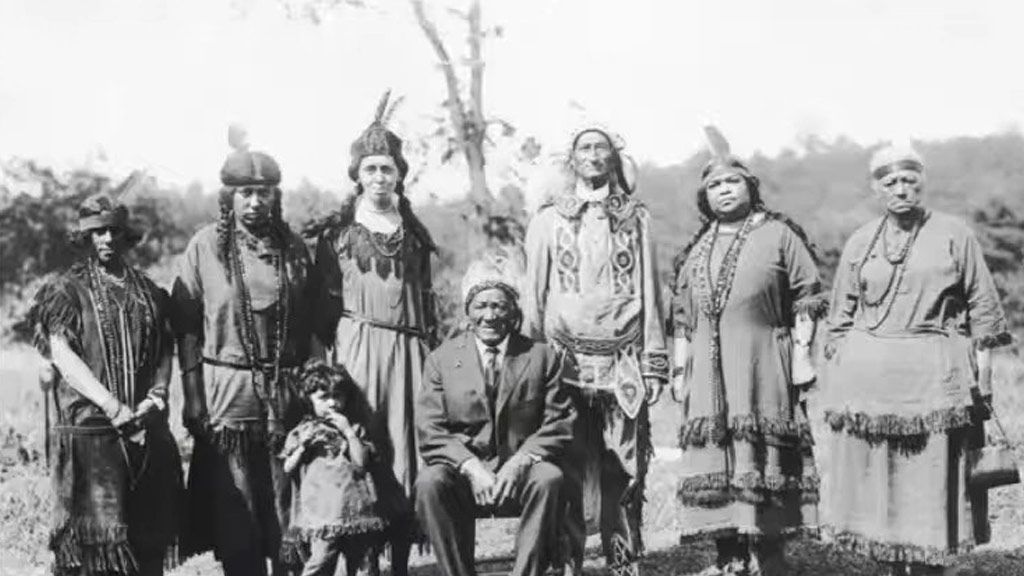
Long before European settlers arrived, the Nipmuc tribe inhabited the area, known to them as “Wachusett” meaning “the hill country.”
They lived a sustainable life, fishing in the abundant lakes and rivers, and cultivating crops on fertile land.
Their presence is evident in archaeological finds like stone tools and pottery shards. The official founding of Sterling can be traced back to 1662 when it was incorporated as part of Lancaster, a much larger settlement.
European settlers, primarily English colonists, began arriving in the late 17th century, drawn by the fertile land and potential for water-powered mills.
Birth of a Town and the Rise of Agriculture
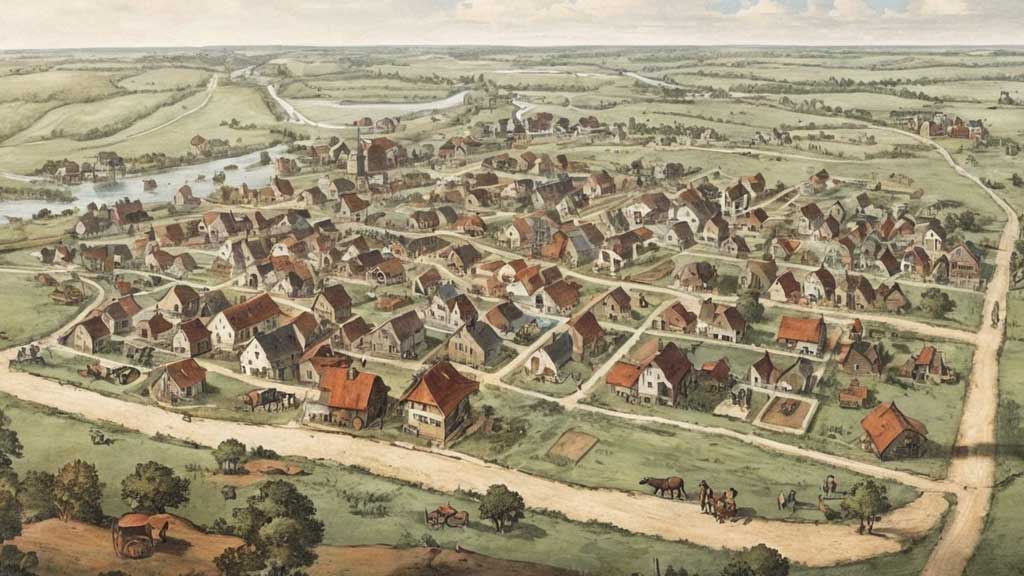
In 1786, the residents of the northern section of Lancaster petitioned for their township due to the distance from the town center.
Officially incorporated in 1786, the new town was named Sterling, possibly in honor of Lord James Sterling, a British supporter of the American colonies.
Early Sterling flourished as an agricultural center. Farmers cultivated wheat, rye, corn, and dairy products, which thrived in the region’s fertile soil.
Gristmills and sawmills sprang up along the waterways, processing grain and lumber, respectively. These early industries laid the groundwork for the town’s future economic development.
The Industrial Revolution and Transformation
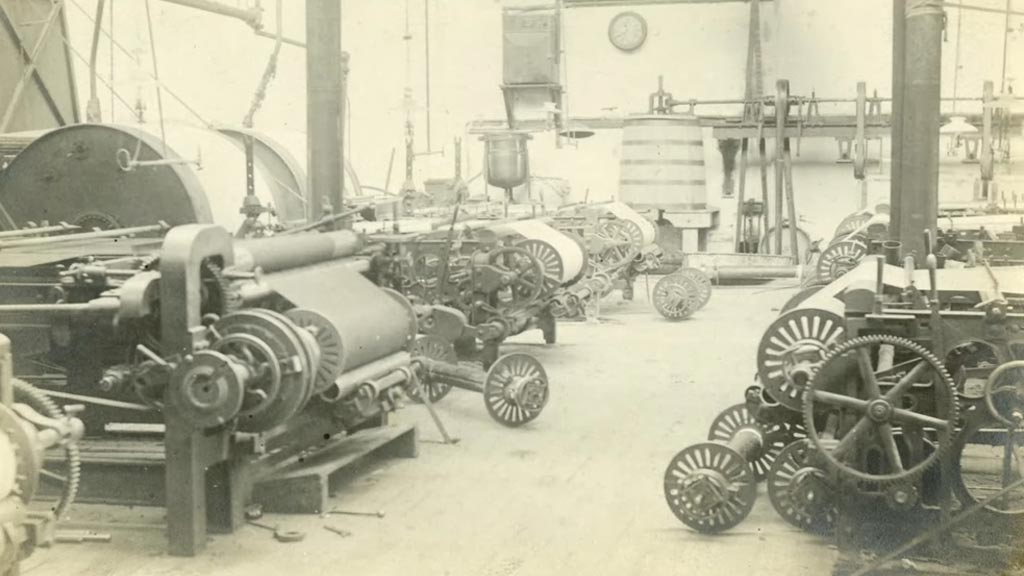
The 19th century ushered in a wave of industrialization that significantly impacted Sterling. The introduction of new technologies and the construction of the Nashua and Worcester Railroad in 1849 propelled the town towards a more diversified economy.
Shoe manufacturing emerged as a major industry, with several factories employing a large local workforce. Other important industries included woolen mills, furniture manufacturing, and a thriving carriage-making industry.
The transformation from a solely agricultural town to a center for various industries attracted new residents, fostering a more vibrant and diverse community.
20th Century and Beyond
The 20th century brought new challenges and opportunities for Sterling. The decline of some traditional industries like shoe manufacturing necessitated diversification.
The town successfully adapted by attracting new businesses in metalworking and electronics, demonstrating its ability to evolve and adapt.
Modern Sterling
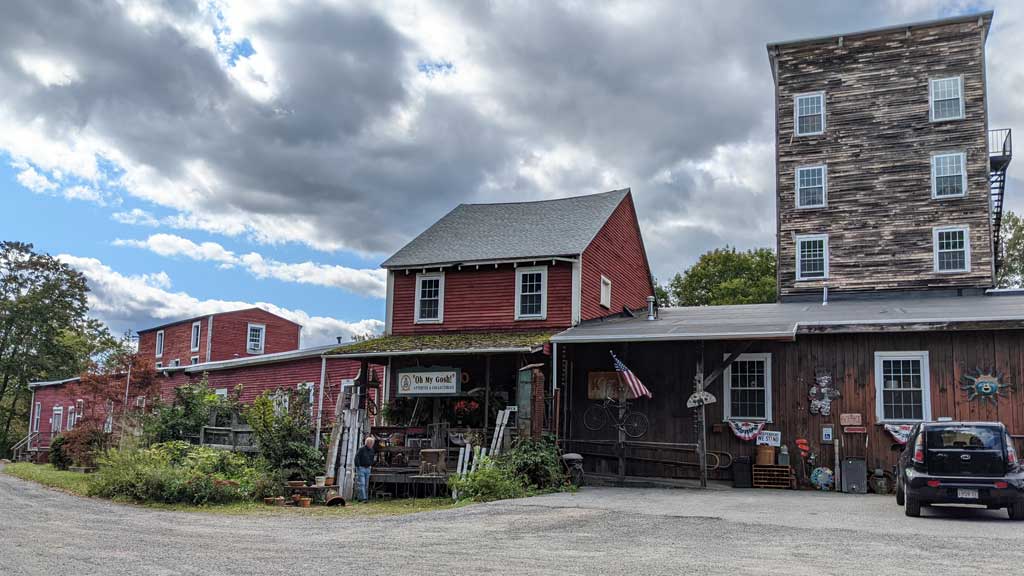
Today, Sterling remains a charming New England town with a rich agricultural legacy and a strong sense of community.
Residents take pride in preserving their historical heritage, evident in the numerous restored historic buildings and the annual Sterling Historical Society events. The town offers a picturesque blend of rural and suburban life.
Residents enjoy recreational activities in the numerous parks and lakes, while also being conveniently located within driving distance of larger cities like Worcester and Boston.
Social and Educational Landscape
Sterling’s residents not only focused on economic pursuits but also valued education and social development.
The first public school was established in 1796, later followed by a high school in 1870. These institutions ensured that future generations received a strong foundation in education.
Churches played a significant role in the social fabric of the town. The First Congregational Church, founded in 1731, served as a central gathering place for residents, fostering a sense of community and shared values.
13 Historic Places of Sterling, Massachusetts
The historic places of Sterling, Massachusetts, offer a window into the town’s past, preserving its heritage and enriching the community’s sense of identity and pride.
Whether exploring colonial-era homes, visiting a historic museum, or strolling through a centuries-old cemetery, visitors to Sterling are sure to find themselves immersed in the town’s rich history and great culture.
1. The Old Meetinghouse (First Church of Sterling)
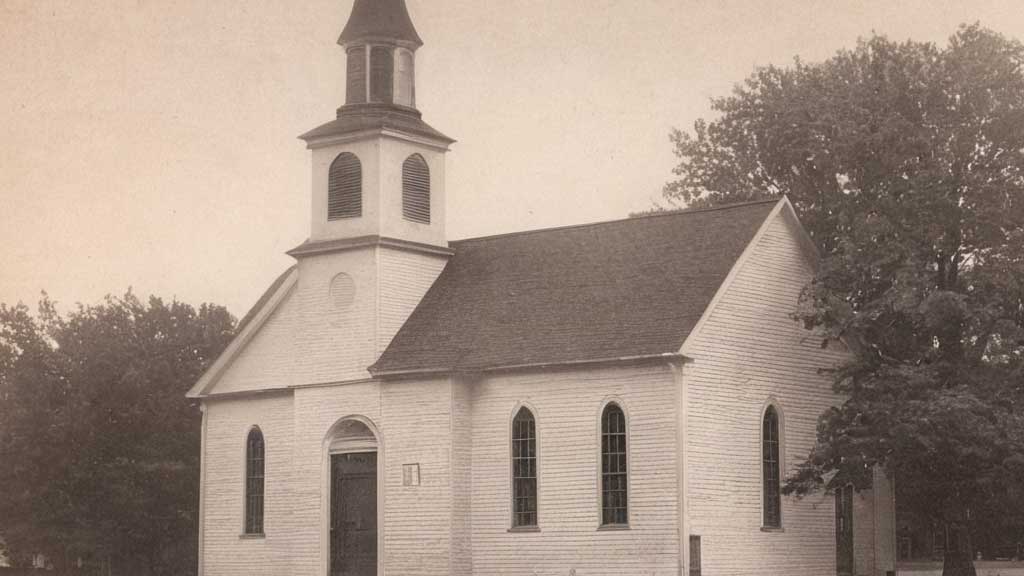
Constructed in 1832, the Old Meetinghouse is a cherished landmark in Sterling. Originally serving as the First Church of Sterling, the building features classic Greek Revival architecture and continues to host community events and gatherings.
2. Sterling Town Hall
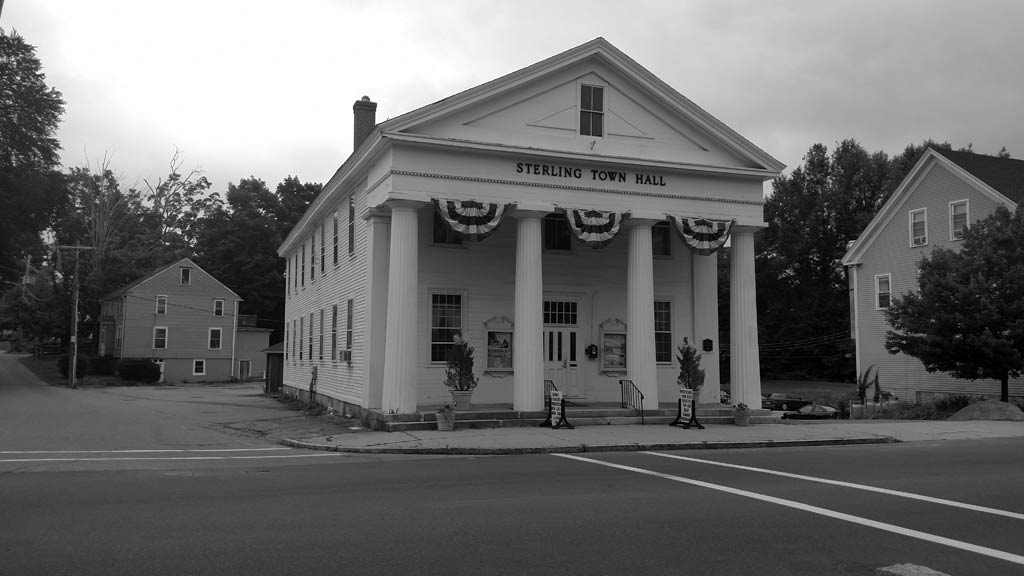
Built in 1835, the Sterling Town Hall is a symbol of civic pride and governance. This historic building has served as the seat of local government for nearly two centuries and remains a focal point for community activities and events.
3. Heywood Tavern
Dating back to the early 19th century, the Heywood Tavern was a popular gathering place for travelers and locals alike.
Today, the tavern stands as a reminder of Sterling’s colonial heritage and serves as a venue for historical reenactments and educational programs.
4. Sterling Historical Society Museum
Located in the historic Butterick Building, the Sterling Historical Society Museum showcases artifacts, photographs, and documents that tell the story of Sterling’s past.
Visitors can explore exhibits on local industries, notable residents, and key events in the town’s history.
5. The Allen House
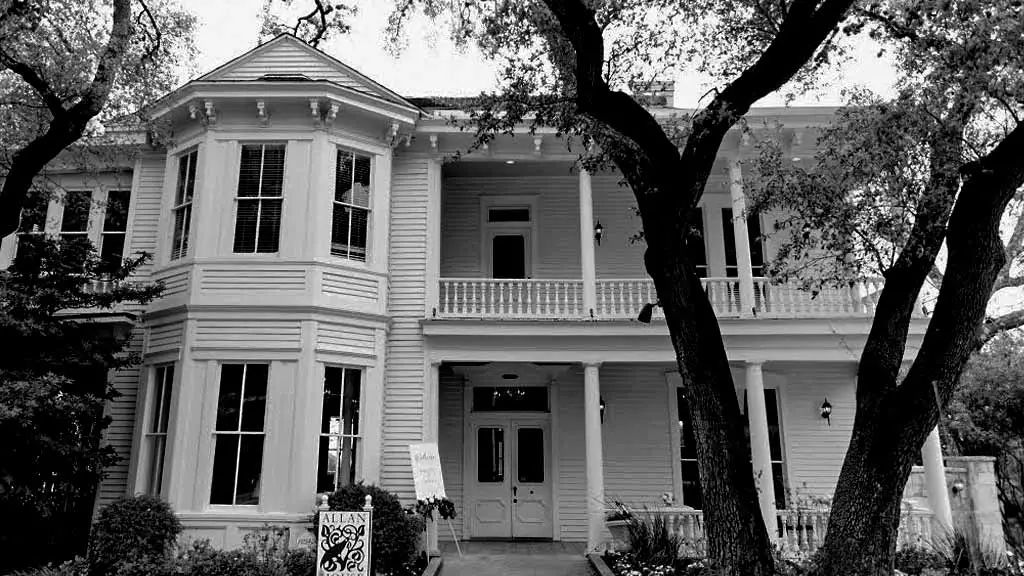
Built-in 1794, the Allen House is one of Sterling’s oldest surviving homes. This Federal-style residence was once owned by prominent local families and offers a glimpse into the domestic life of early settlers in the region.
6. The Old Boutelle Store
Dating back to the mid-19th century, the Old Boutelle Store was a hub of commerce and trade in Sterling. Today, the building stands as a testament to the town’s commercial heritage and houses a variety of shops and businesses.
7. Sterling Green Historic District
The Sterling Green Historic District encompasses a cluster of historic buildings and landmarks in the town center.
From colonial-era homes to Victorian-era storefronts, this district offers a glimpse into Sterling’s architectural evolution over the centuries.
8. The Muddy Pond Schoolhouse
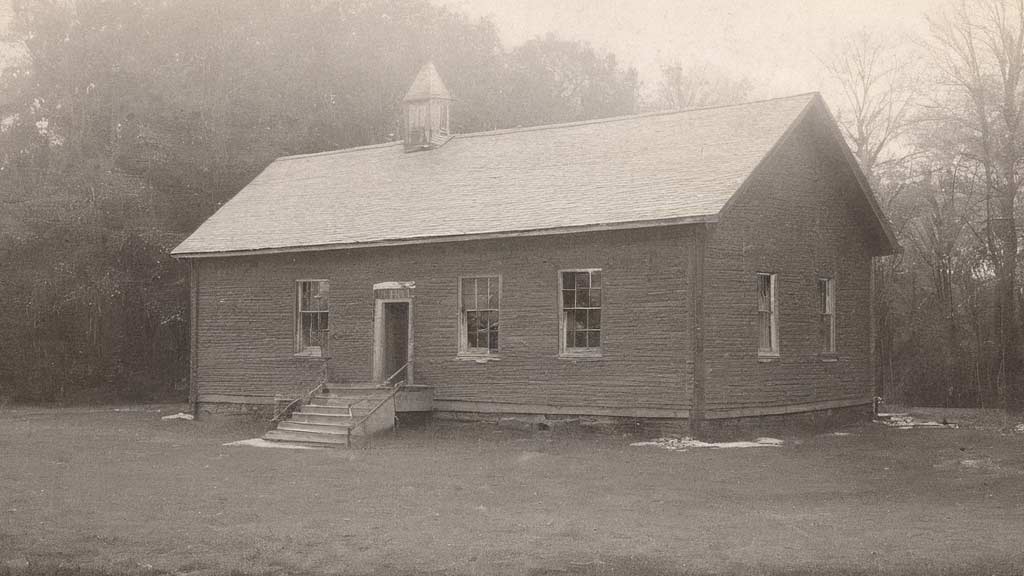
Built-in 1827, the Muddy Pond Schoolhouse served as a center of education for Sterling’s youth for over a century. Today, the restored schoolhouse offers visitors a glimpse into the educational practices of the past and hosts educational programs and events.
9. Chocksett Cemetery
Established in the 18th century, Chocksett Cemetery is one of Sterling’s oldest burial grounds. The cemetery is home to historic gravestones and monuments, including those of Revolutionary War veterans and early settlers of the town.
10. Wachusett Reservoir
While not a historic building, the Wachusett Reservoir holds significant historical and cultural importance for Sterling. Constructed in the late 19th century to supply drinking water to Boston, the reservoir transformed the landscape and displaced several communities, including parts of Sterling.
Today, it serves as a recreational area and wildlife habitat, offering residents and visitors alike a place to enjoy the natural beauty of the region.
11. The Sterling Fairgrounds
The Sterling Fairgrounds have been a center of community celebrations and events for over a century.
Established in the late 19th century, the fairgrounds host the annual Sterling Fair, a beloved tradition featuring agricultural exhibits, livestock competitions, carnival rides, and live entertainment.
The fairgrounds also serve as a venue for other community events throughout the year.
12. The Redstone Schoolhouse
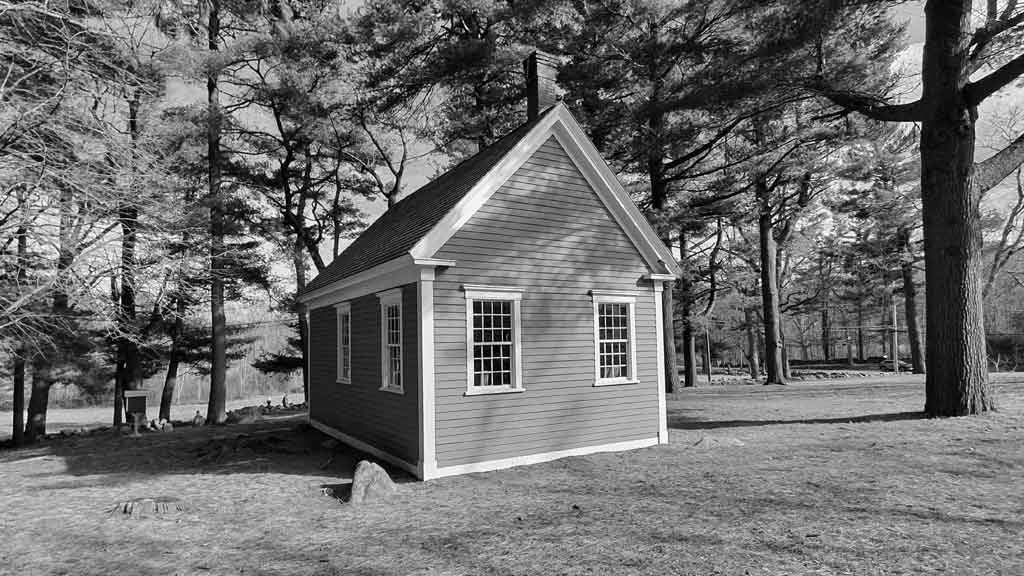
The Redstone Schoolhouse, built in 1848, is a charming one-room schoolhouse that offers a glimpse into the early days of education in Sterling.
The schoolhouse, named for the red sandstone used in its construction, operated until 1936 and has since been restored as a historic landmark. Visitors can step back in time as they explore the schoolhouse’s interior.
13. The Sterling Rail Trail
The Sterling Rail Trail follows the path of the former Sterling Branch Railroad, which operated from the late 19th century until the mid-20th century.
Today, the rail trail offers residents and visitors a scenic route for walking, jogging, biking, and horseback riding through Sterling’s picturesque countryside.
FAQs
What are some notable landmarks in Sterling, Massachusetts?
Sterling, Massachusetts, is home to several notable landmarks, including the Old Meetinghouse, Sterling Town Hall, Heywood Tavern, and the Sterling Historical Society Museum.
How can I learn more about the history of Sterling, Massachusetts?
Visitors can learn more about the history of Sterling, Massachusetts, by visiting the Sterling Historical Society Museum, exploring historic buildings and landmarks, and attending educational programs and events organized by local historical societies.
What role did Sterling, Massachusetts, play in the American Revolution?
While Sterling is not widely known for its role in the American Revolution, the town likely contributed men and resources to the patriot cause, as did many other communities in Massachusetts during that time.
What are some popular activities for visitors to enjoy in Sterling, Massachusetts?
Visitors to Sterling, Massachusetts, can enjoy a variety of activities, including exploring historic sites and landmarks, hiking along the Sterling Rail Trail, attending community events at the fairgrounds, and experiencing the town’s natural beauty and rural charm.
Is Sterling, Massachusetts, known for any famous historical figures or events?
While Sterling may not be associated with nationally renowned figures or events, the town has a rich local history shaped by the contributions of its residents. Local historians and historical societies can provide insights into notable individuals, families.
Conclusion
The history of Sterling, Massachusetts, is a captivating narrative of perseverance, progress, and community resilience.
From its earliest days as a colonial settlement to its present-day identity as a thriving community, Sterling’s story is a testament to the enduring spirit of its residents.
Through periods of agricultural innovation, industrial growth, and cultural transformation, Sterling has remained steadfast in its commitment to preserving its heritage while embracing the opportunities of the future.
Its rich tapestry of history, woven with the threads of diverse experiences and shared memories, serves as a source of pride and inspiration for generations to come.
As we reflect on Sterling’s journey, we are reminded of the importance of honoring the past while embracing the possibilities of tomorrow.
May the stories of Sterling’s past continue to inform and inspire its residents as they write the next chapter in the town’s storied history.
Jaclyn Lowe